Photographs from a fisheye lens look different, which can be a good or not-so-good thing.
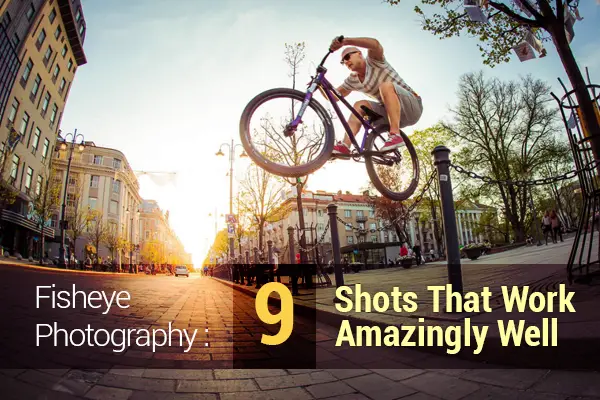
This uber-wide angle lens let’s you get super close to your subject, yet still see the background. It’s an unusual perspective you can’t get with any other lens. But there are challenges, too. The edges are distorted, which makes some shots look weird, but below, you’ll see nine shots that work for this oddball lens.
In 1906, Robert W. Wood, n physicist and inventor, came up with the word, fish-eye. His paper, “Fish-Eye Views and Vision Underwater,” examined how a fish would see the world from inside a goldfish bowl (which were getting popular at the time).
The first lens was made in the 1920s, so meteorologists could photograph and study cloud formations. They called it a “whole sky lens,” though, and it wasn’t until the 1960s when Nikon made the first consumer version with the name, “fisheye lens.”
Today, scientists still use it to study clouds and plant canopies. Security cameras are fitted with them to let business owners see more of their property. Even adventurers use them, as the widely-popular Go-Pro camera comes standard with a fisheye.
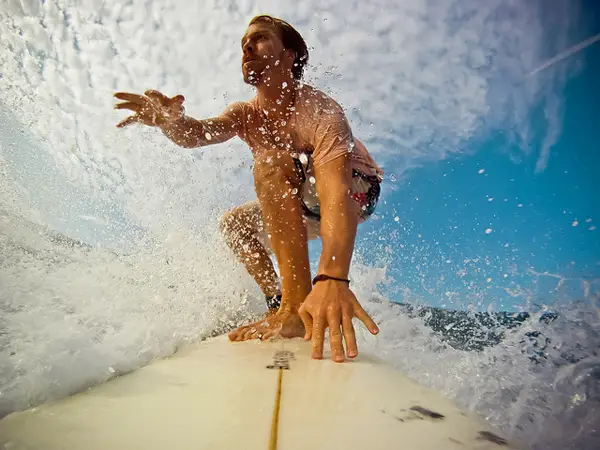
A fisheye photo looks cool because you can see so much. The range of view varies between 100 degrees to 180 degrees. You can also get really close to your subject, and they’ll still be in focus. With some lenses, you can even touch your subject, and it’ll deliver crystal-clear images.
As you get close to the edge of the photo, though, you’ll notice a strong distortion. This is where the joy and challenge of fisheye photography come in.
Often, the images appear more like fantasy than reality. Some photos even seem “fun house mirror-like,” which doesn’t always work. If you’re taking professional portraits, realistic landscapes or elegant nudes, this is not your lens. Some photographers might even chuckle at you, as it’s considered more of a toy than “professional equipment.” That’s changing, though, as creative types from all skill levels use its unique perspective to capture striking images.
So, if you want to give fisheye photography a shot, here’s a basic rule I stick to:
Fisheye = Fun or Fantasy
If fun is your priority, try a fisheye. If you want a fantastical perspective, a fisheye could work. This inspired some of the shot ideas below, but like any rule, please break it sometimes. 🙂
Here are 9 fisheye shots that work:
1. Wedding Receptions
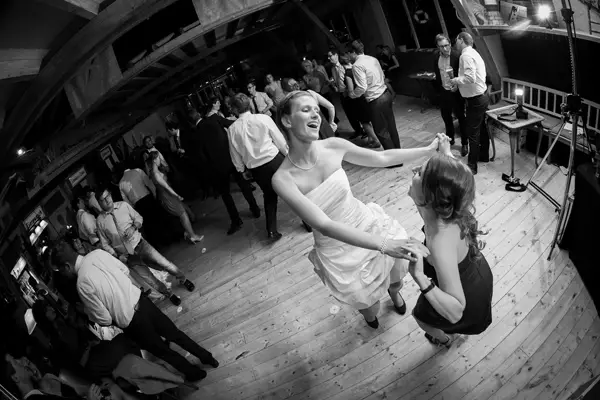
The unusual perspective of a bride shaking her thing can add to the party. If you’re a budding wedding photographer, it also offers the client something more fun than typical, formal wedding shots. The wide angle also lets you get close, yet still see the entire moment.
2. Skateboarding
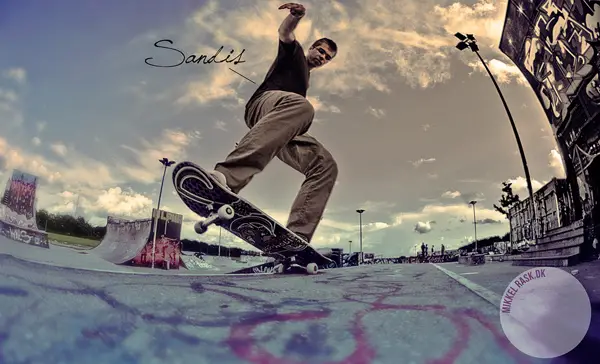
Yo dudes and dudettes: If you want to capture some sick shots of your buds shredding pipes, then the fisheye is for you. Okay, don’t use slang you just googled when photographing skater kids, but the fisheye will capture the board, skater and environment in one photo. So there are plenty of gnarly images to take, if you’re not a punk. 😉
3. Vanishing Points
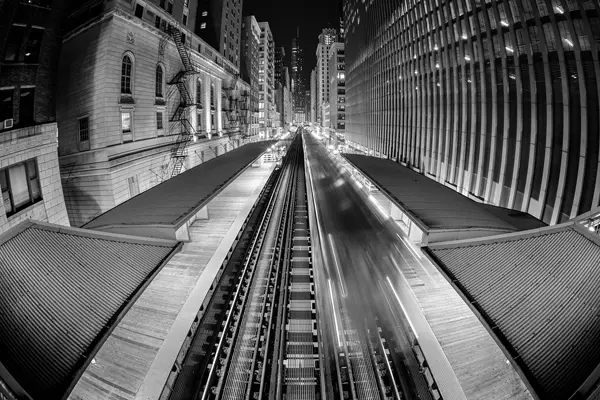
Sidewalks, roads, railroad tracks or any straight parallel lines that vanish over the horizon make a striking fisheye photograph. The “vanishing point” and contrast between the straight lines and distorted edges make the landscape appear huge and otherworldly.
4. Tight Spots
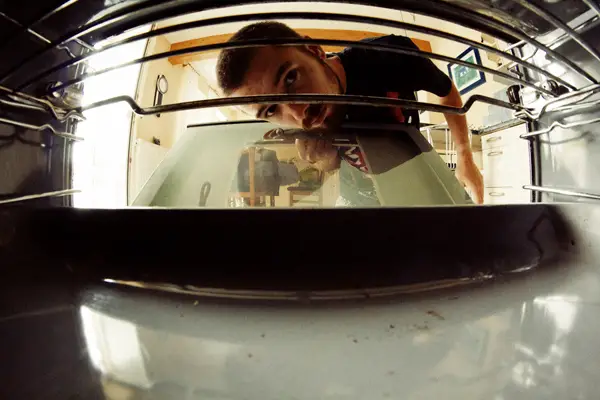
Most lenses couldn’t take a photo from inside an oven, a washing machine or an airplane bathroom–but a fisheye can. You can cram this lens in all sorts of weird places and maybe get a shot no one’s ever taken before. This opens up a world of possibility, if you have a little spare time and a creative mind (which I’m betting you do).
5. The Curves Of The Earth
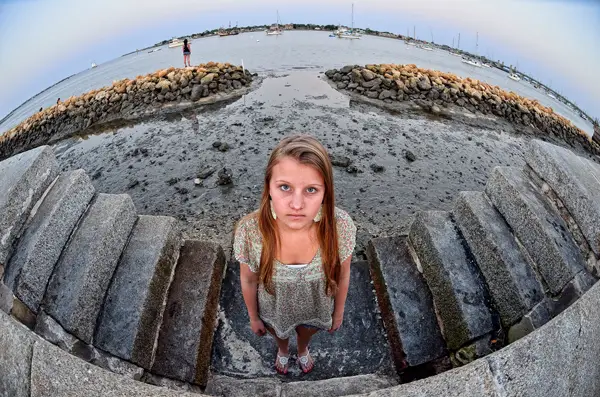
Tilt the lens down and get a dramatic perspective of the curvature of the earth. This works for shooting portraits or capturing a cityscape from a tall building, monument or tower. If you’re high up enough, the curve of the earth even looks realistic.
6. Concerts
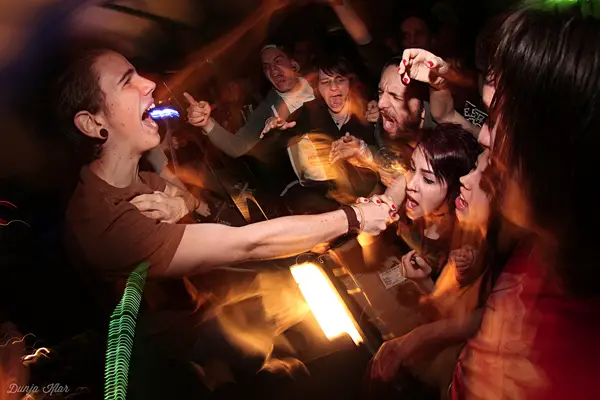
After a handful of cheap brews and a puff or two from that hand-rolled “cigarette” someone passed you, (I hear) the world looks like you’re wearing fisheye “goggles.” Maybe that’s why the Beastie Boys exclusively used this lens to make “Shake Your Rump,” the first music video with a fisheye. And why these shots are popular from sweaty mosh pits. The wide angle helps, too, since you won’t be able to move around much.
7. The Sky
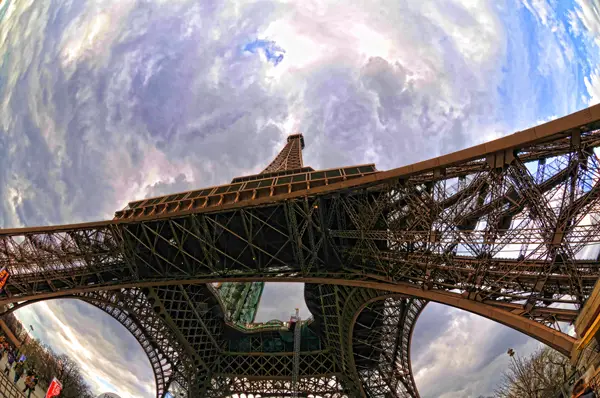
Ever lay on your back, stare up at the sky and feel an immense sense of awe? If so, maybe you’ll understand why a fisheye works for sky photos. Try it now: Pretend you’re lying on your back with a belly full of Bordeaux and stare up at the Eiffel Tower. Not bad, eh?
8. Abstract
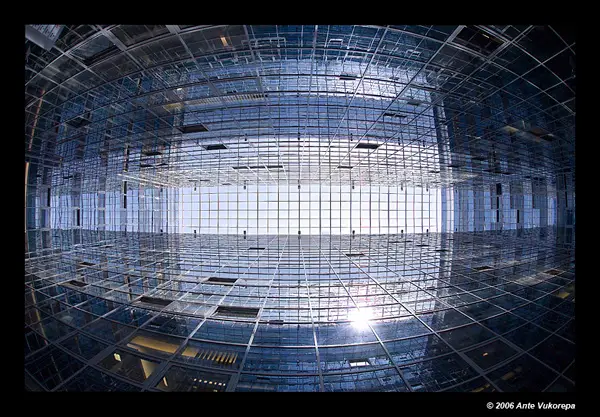
If you are into modern art, the distorted lens lets you work with shapes, lines and light in original ways. Invent, mystify, enlighten or whatever your style is, this lens gives you creative license.
9. Selfies
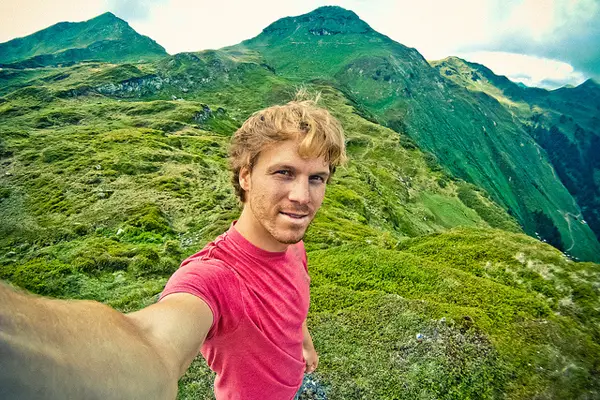
I’m a selfie fan; I’ll admit it. Fisheye lenses are helpful, too, because you can capture your pretty face and the background with a simple click. This could make your shots a little less narcissistic and boring for others, too. Plus, you don’t have to set up your tripod, hit the timer button, run back, get set up and then try to look natural.
Did I miss a fisheye shot that’s worked for you? Or do you have a question about using this lens? If so, please take a minute and share in the comments below. We’ll do our best to answer you personally.










Underwater works well too. Pretty tough to gather light underwater so it would be nice to be able to get the camera closer to the subject. Fisheyes also widen the view of the lens so you can capture more of the scene, thus countering the magnification effect when shooting underwater. Any distortion these lenses produce can always be corrected in post. Sorry, no actual shots since I’m still looking for a fisheye for my Nikon 1 AW1.
Hi Benjamin, great post by the way. Can you recommend a decent fish eye for a canon 60d? Thanks 🙂
Hey Zoe-Lee, you know I’m not sure exactly. I’m a Nikon kinda guy 🙂